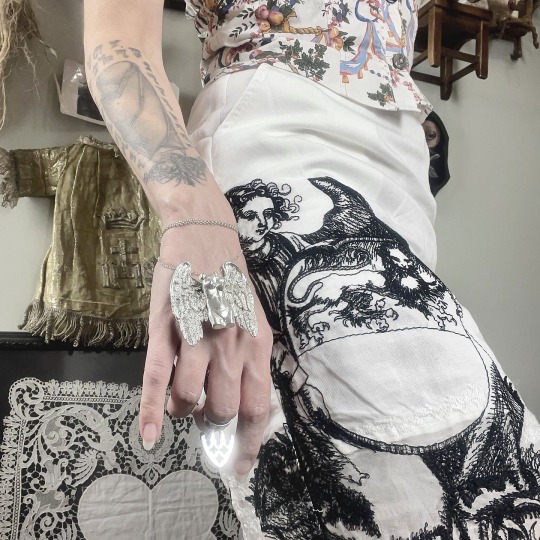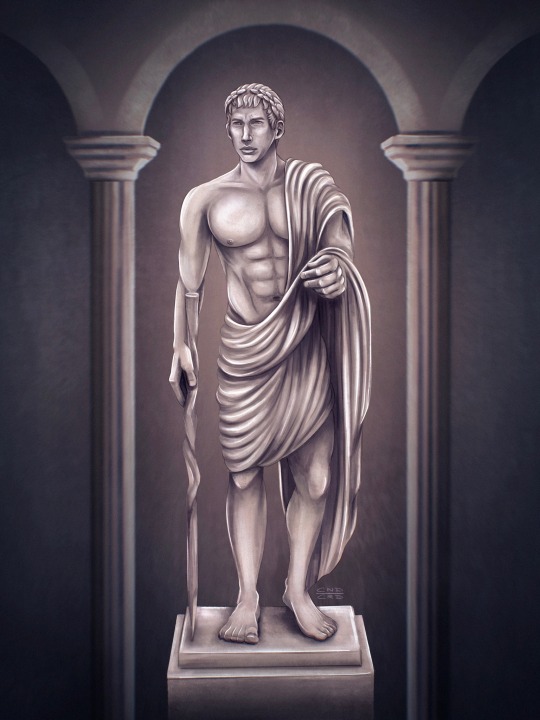#roman statue
Text


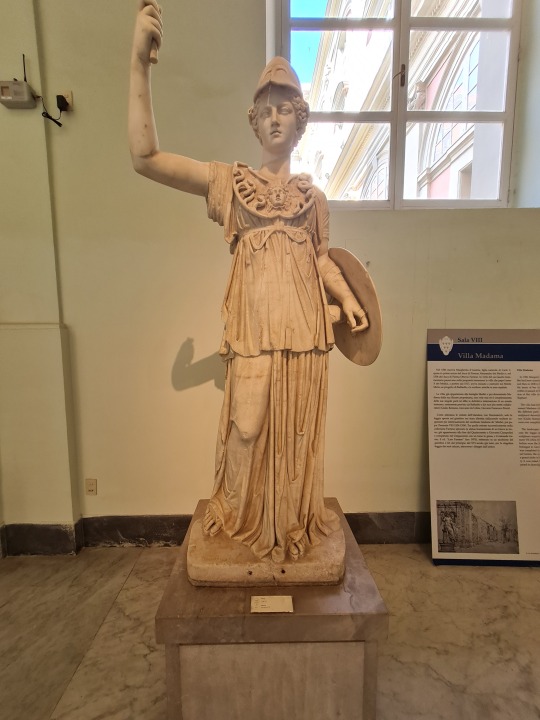
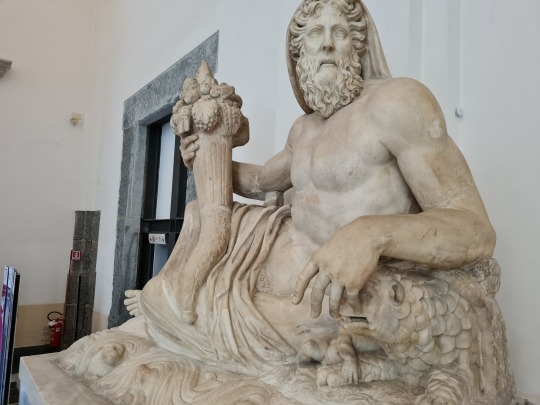
Roman statues of gods in Museo Archeologico Nazionale di Napoli
1: Marble statue of Aphrodite, Dresden-Capitoline style, a Roman copy made 140-160 AD after a Greek original 300-200 BC.
2. Marble statue of Antinous as Bacchus, 2nd century AD.
3. Roman copy of the Athena Parthenos.
4. Roman statue of a river deity (the Nile?), 2nd century AD.
#archaeology#napoli#naples#museum#statues#sculptures#art#history#art history#roman art#roman statue#culture#travel#travel photography#photography#museum photography#art photography#photographers on tumblr#art museum#greek gods#aphrodite#emperor hadrian#antinous#bacchus#athena deity#greek mythology
22 notes
·
View notes
Text

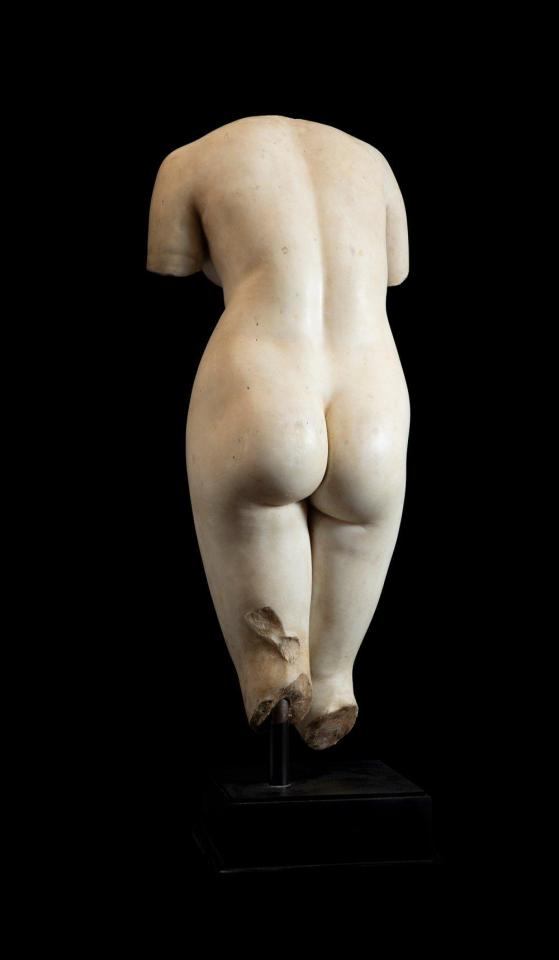
Torso of Venus pudica. Roman, I-II centuries A.D.
Marble. (polished 18th-19th century)
838 notes
·
View notes
Text
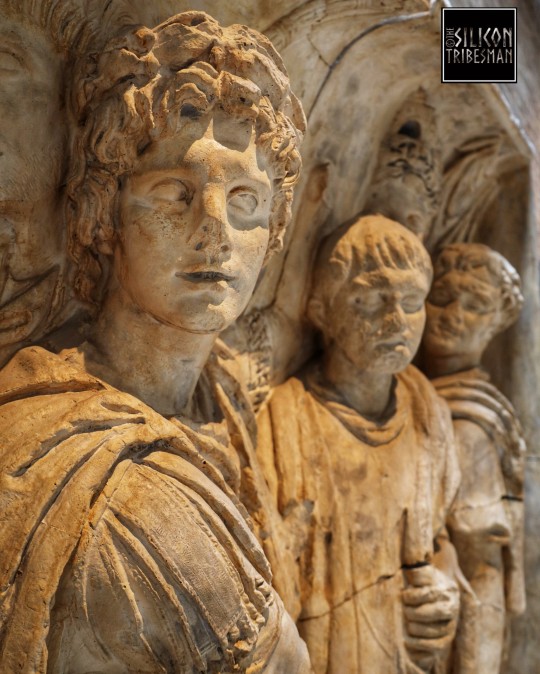


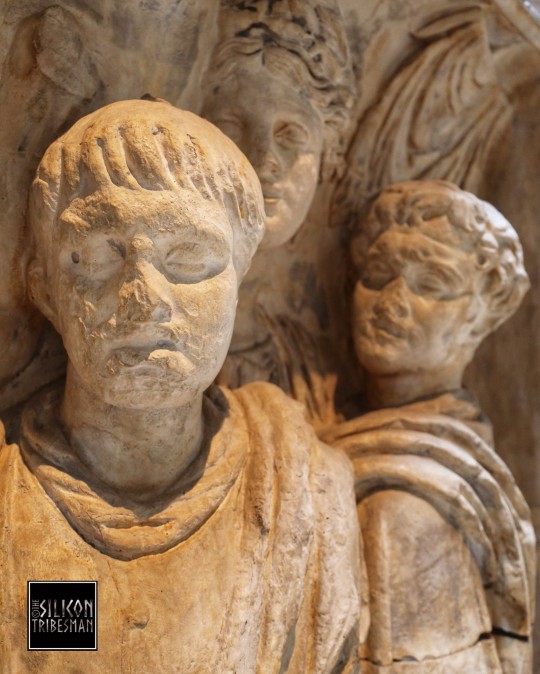
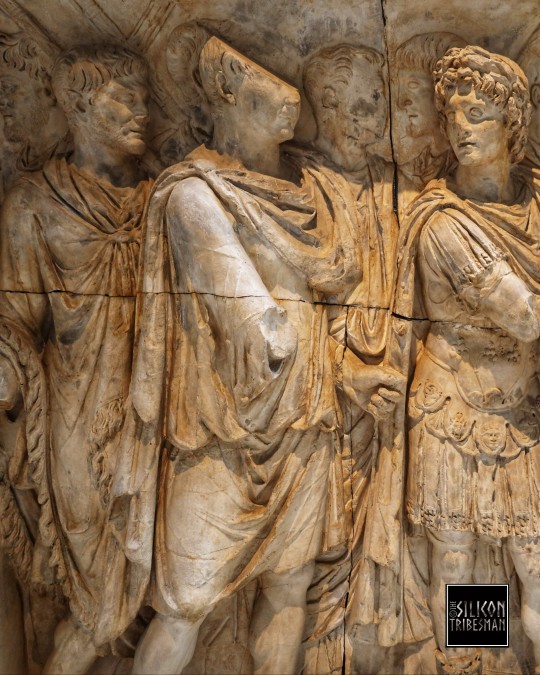

Trajan Recruits Soldiers. Arch of Trajan at Beneventum, 114 CE
A cuirassed military god in the centre presents a recruit to the roman emperor. The new soldier stands feet together: his height is being measured by a wooden frame held by the soldier on the right (in situ, west side, middle zone)
Ashmolean Museum, Oxford
#roman#romans#roman empire#roman army#roman soldiers#roman sculpture#roman craft#roman statue#roman society#trajan#ashmolean#archaeology#relic#ancient cultures#roman emperors
230 notes
·
View notes
Text

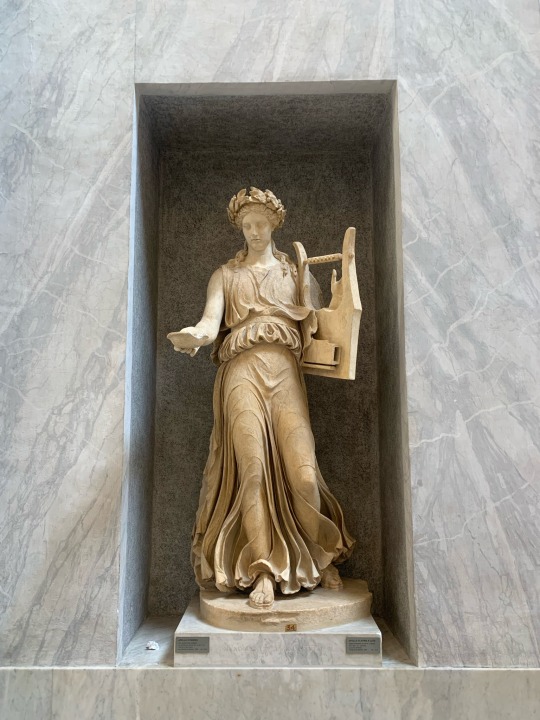

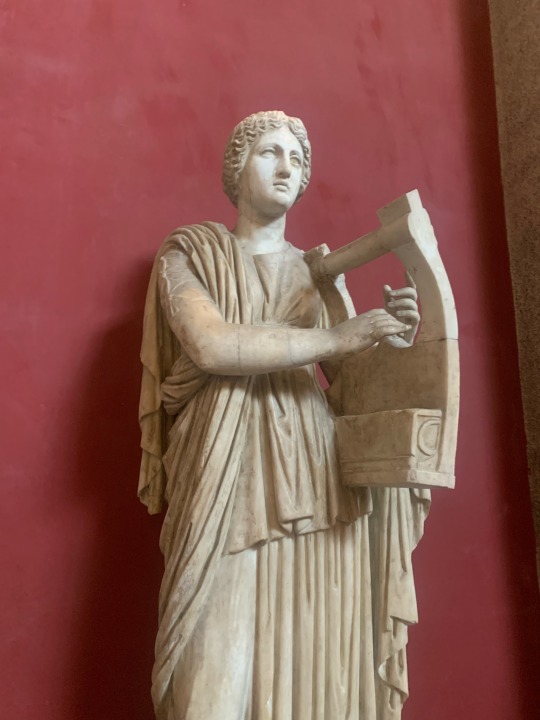

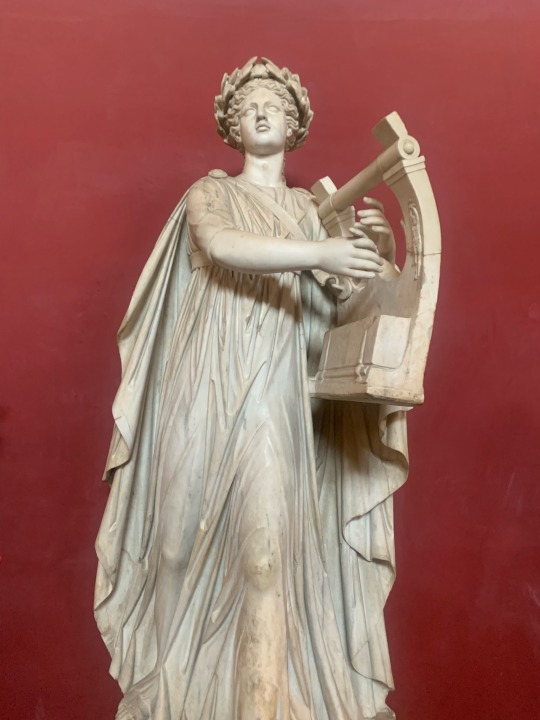

So I’ve been in Rome the last few days …
My beloved
#apollon#Apollo#helpol#classics#roman statue#the one with the libation bowl is my favourite I’ve loved it for years#literally teared up when I saw it#apollo devotee#I think I’ve peaked now I’ve seen all of these in person
922 notes
·
View notes
Text
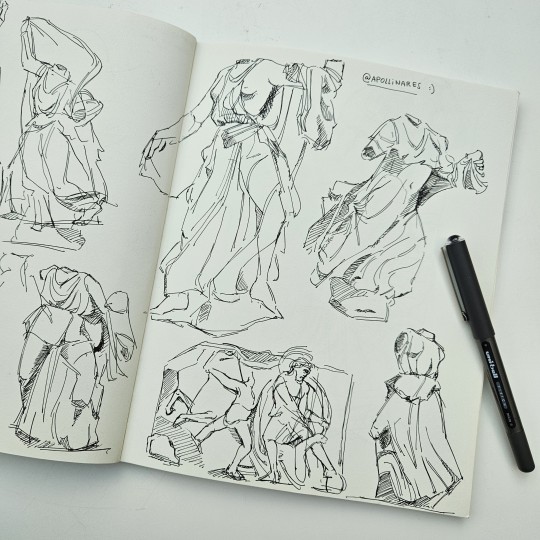

Does Tumblr like life drawings of statues? I went sketching for the first time since the summer and I need the validation tbh
#cafe sketching#life drawing#roman statue#marble statue#sketchbook#sketching#aesthetic#my art#traditional art
150 notes
·
View notes
Text

Archaeologists Find Statue of the Roman Sea God Triton in Mausoleum
Archaeologists have uncovered a Roman Statue of Triton during excavations in preparation for a housing development in Kent, England.
Archaeologists from the Canterbury Archaeological Trust (CAT) have discovered artifacts, including a mausoleum which is to be buried within a roundabout, which are more than 1,700 years old during an investigative dig related to a new housing development close to London Road in Teynham.
Robert Masefield, Director for RPS, said: “We expected interesting Roman archaeology, perhaps a cemetery, but the finds including the lively and unique statue of a Triton and the mausoleum remains have by far exceeded that. These finds are now part of Teynham’s local legacy and the nations rich Roman story. Further study will place the findings in their full historical context.”
The area, which is being built on by Moat Homes and Chartway Partnerships Group for its Frognal Lane development, follows the ancient Roman Watling Street and during an initial site evaluation, fragments of chalk wall foundations and Roman cremation burials were discovered. As a result, Swale Council, with advice from Kent County Council Heritage Conservation, required a 0.5-hectare archaeological excavation at the site.

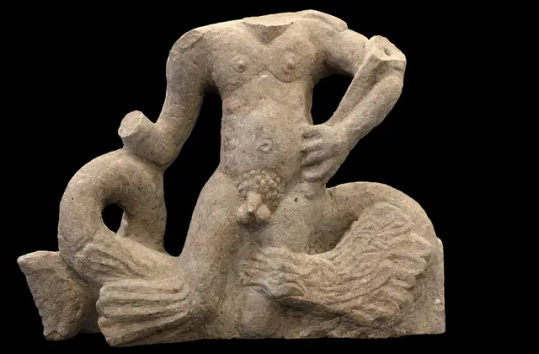

The Canterbury Archaeological Trust (CAT) was tasked with leading the dig, which revealed elements of a 30m square walled enclosure surrounding a c.7m square structure. Further excavations revealed that the structure is a Roman mausoleum containing a Roman coin dating from around 320 to 330 AD. The site also included Roman, and possibly later, burials with various grave goods.
However, the highlight of the findings was the discovery of a stone statue, representing the sea god Triton.
The Triton statue is substantial, appropriately 70cm (27.5 inches tall) and 70cm wide. It weighs more than 132lb (60kg). Archaeologists did not need to dig far. It was only 1.3 feet (40cm) below ground.
In Roman mythology, Triton was the son of Neptune, the god of the sea. The unique stone statue depicts Triton – a merman with the torso of a man and the tail of a fish – riding on a sea monster.
As a demi-god, he could calm the waves by blowing on his conch shell, which he appears to be holding in the uncovered sculpture. That part has been broken off, but the artifact is otherwise in incredible condition. It was carved between the late first century and second century AD.
Dr. Richard Hobbs, senior curator of Roman Britain at the British Museum, told MailOnline it is ‘spectacular’.
He said that, although a few fragments of Triton sculptures are known from Roman Britain, ‘nothing quite like this has been discovered before’.
Excavations are continuing at the site.
By Leman Altuntaş.
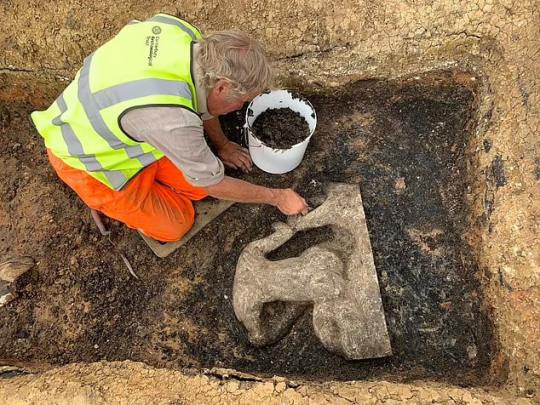
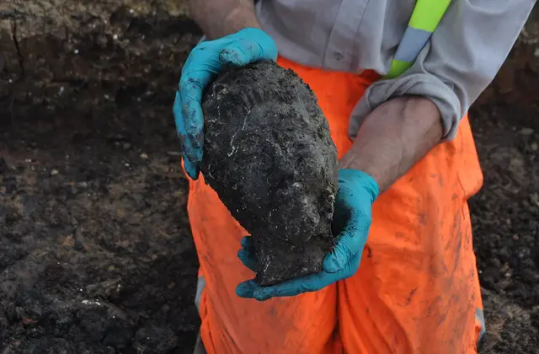

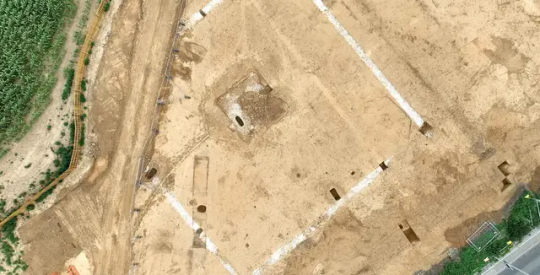
#Archaeologists Find Statue of the Roman Sea God Triton in Mausoleum#Kent England#The Canterbury Archaeological Trust#stone statue#roman statue#ancient tomb#ancient grave#ancient mausoleum#ancient artifacts#archeology#archeolgst#history#history news#ancient history#ancient culture#ancient civilizations#roman history#roman empire#roman art
216 notes
·
View notes
Photo

Jewelry by Moon and Serpent
#handmade jewelry#moon and serpent#jewellery#hare#goddess#crescent moon#chalice#goblet#greek goddess#roman statue#angel#witch jewelry#fine art jewelry#artists on tumblr#wearable art#mythology#surrealist#fantastic
344 notes
·
View notes
Text
I did another statuee. This time it's Venus Callipyge, a Roman recreation of the Greek original


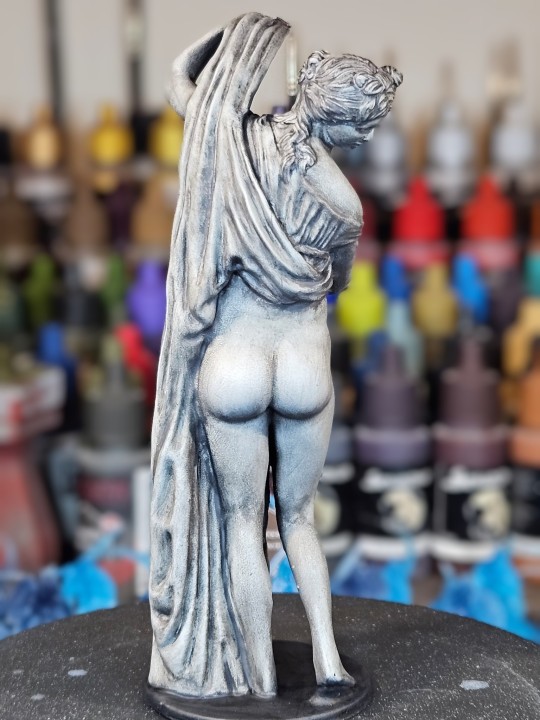
Apparently the name, Venus of the Beautiful Buttocks, is falsely attributed, but it does probably depict Venus (or Aphrodite in the original)

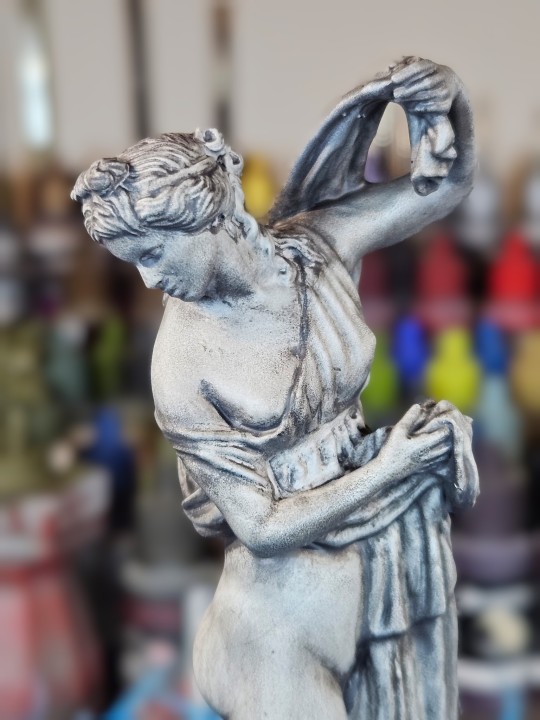

Oh also when it resurfaced in the 1500s it was headless, and the head was reconstructed. I wonder how many ancient works of art were reconstructed to the same degree as that famously terrible Jesus painting restoration and have just been quietly forgotten or destroyed out of embarrassment, the restoration artist banished from the kingdom

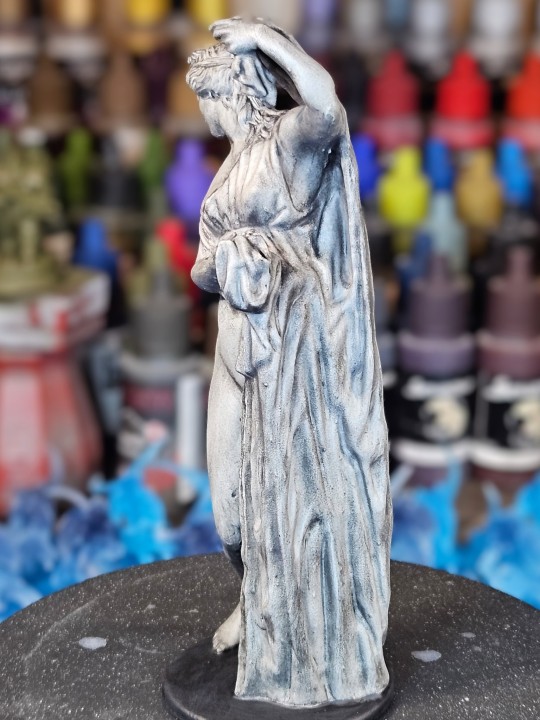
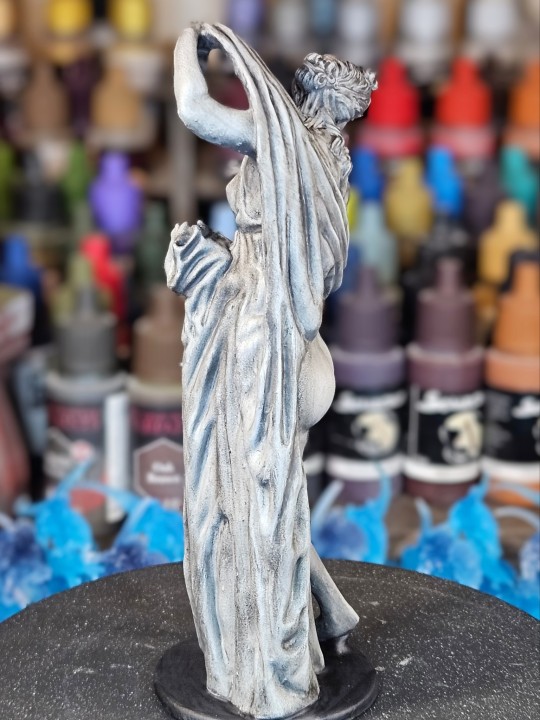
#art#painting#canopiancatboyart#miniature#miniatures#3d printing#miniature painting#oil painting#ancient history#statue#roman statue#venus#venus callipyge#ancient rome#rome#greece#ancient greece#roman mythology#greek mythology#greek statue
98 notes
·
View notes
Text

source 1
source 2
#destiel meme#destiel meme news#world news#news#israel#roman statue#ancient roman art#vandalism#it was a bust of athena and a statue representing nemesis btw
77 notes
·
View notes
Text

#vaporwave#vaporaesthetic#retrò#digital collage#retrofuture#aesthetic#retrofuturism#vaporwave art#vaporwave aesthetic#dreamwave#wallpaper#greek statue#roman statue
48 notes
·
View notes
Text


Stone Head of the Roman God Mercury, Corinium Museum, Cirencester
#roman#romans#roman gods#roman religion#roman belief#roman art#roman statue#roman britain#roman empire#roman building#Corinium#Cirencester#statue#archaeology#relic#head#figure#gods and goddesses
43 notes
·
View notes
Text

Pan, personal work :-)
#illustration#artists on tumblr#radarplz#pan#greek gods#faunus#roman statue#garden#pan flute#dancing#green#greek mythology#roman mythology#overgrown garden
36 notes
·
View notes
Text



A E S T H E T I C S
by Borby Norton
#art#digital art#digital collage#borby norton#vaporwave#net art#arte#digital artist#aesthetic#collage aesthetic#web punk#web art#webdesign#graphic design#roman statue#windows 95#collage art
34 notes
·
View notes
Text
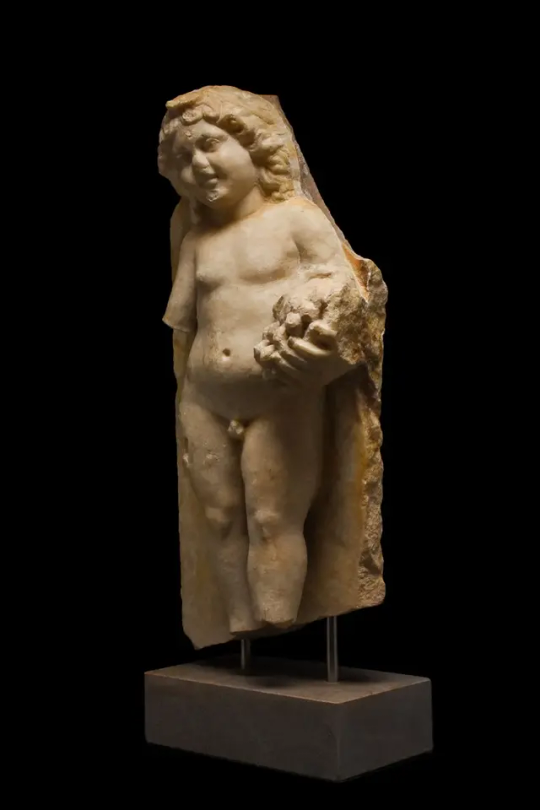
LARGE ROMAN MARBLE FIGURE OF CUPID HOLDING GRAPES
Ca. 200 AD.
L:700mm / W:260mm (with stand) ; 37.35kg.
#LARGE ROMAN MARBLE FIGURE OF CUPID HOLDING GRAPES#Ca. 200 AD.#marble#marble statue#roman statue#ancient artifacts#archeology#archeolgst#history#history news#ancient history#ancient culture#ancient civilizations#ancient rome#roman history#roman empire#roman art
52 notes
·
View notes

